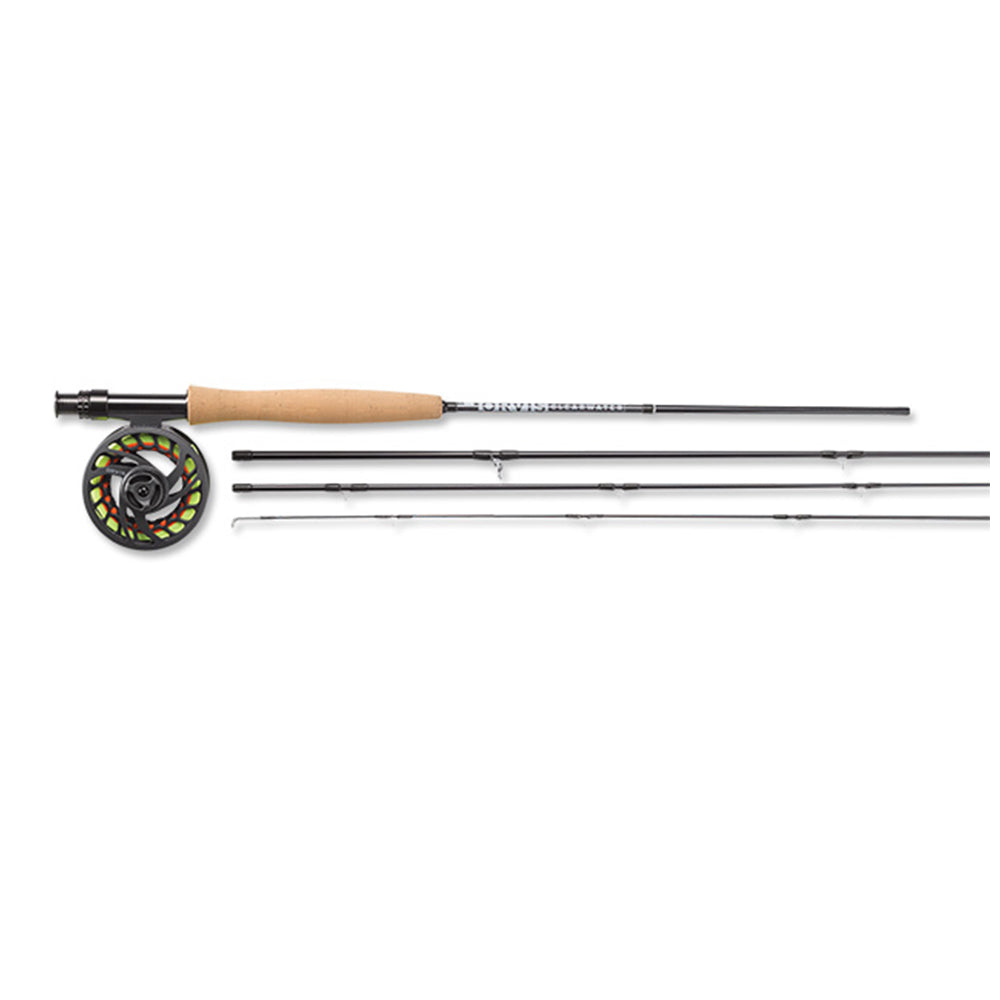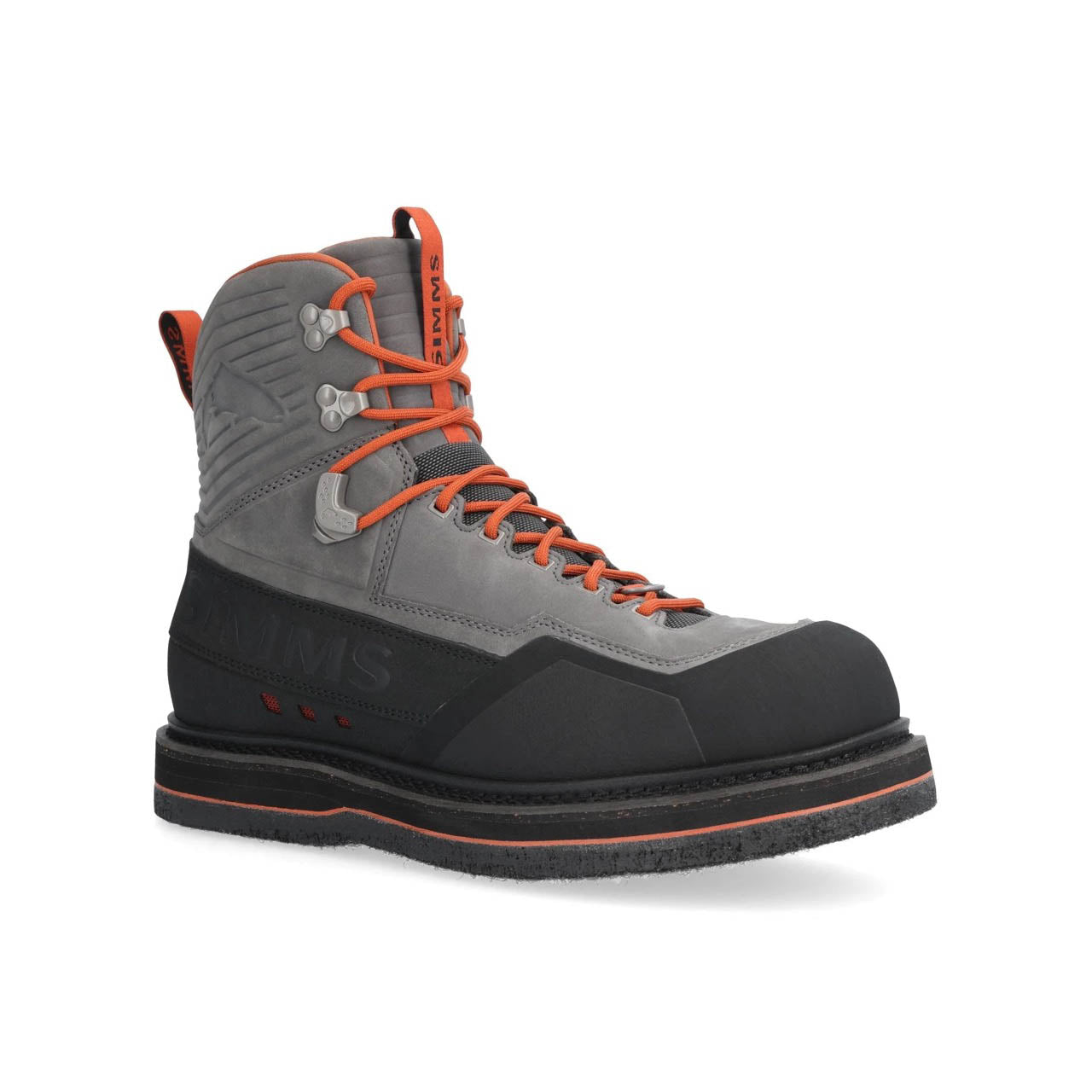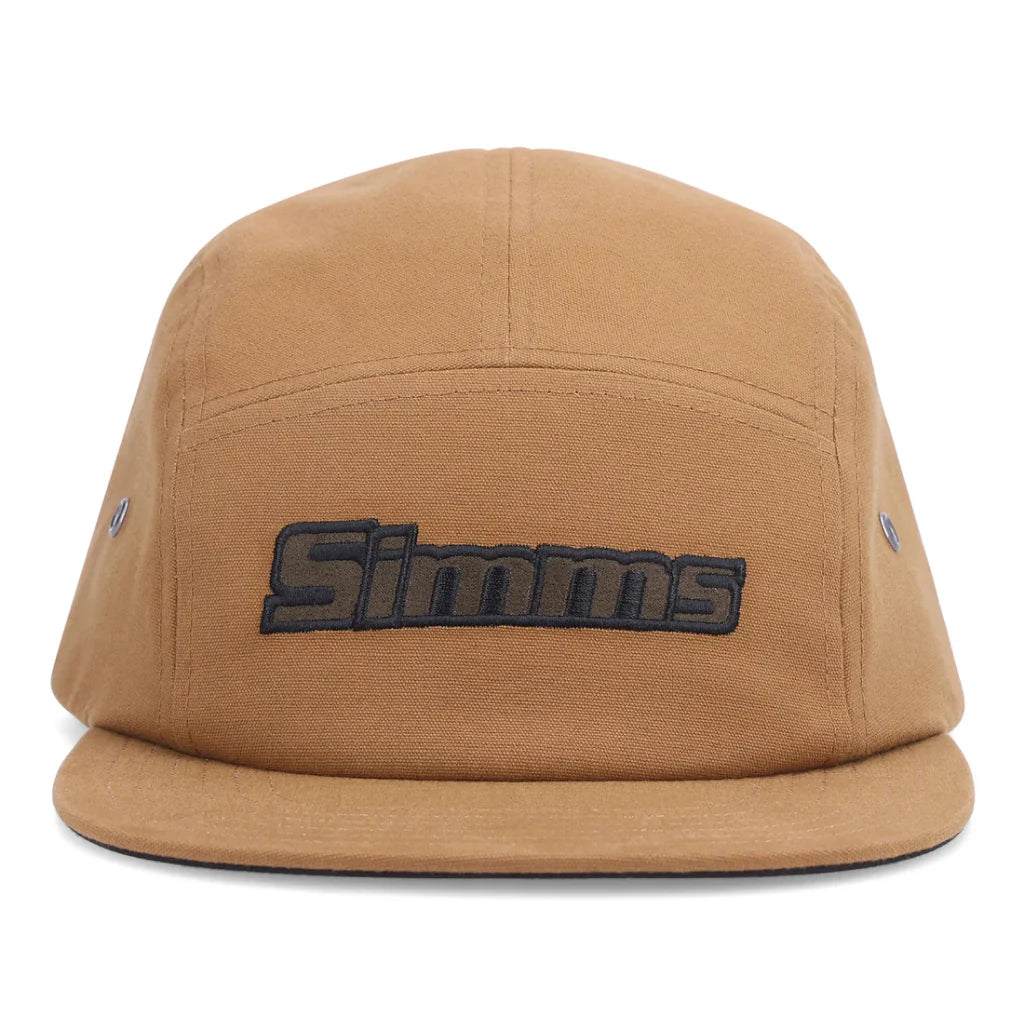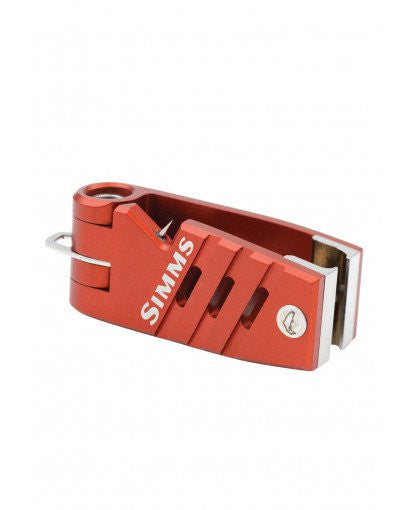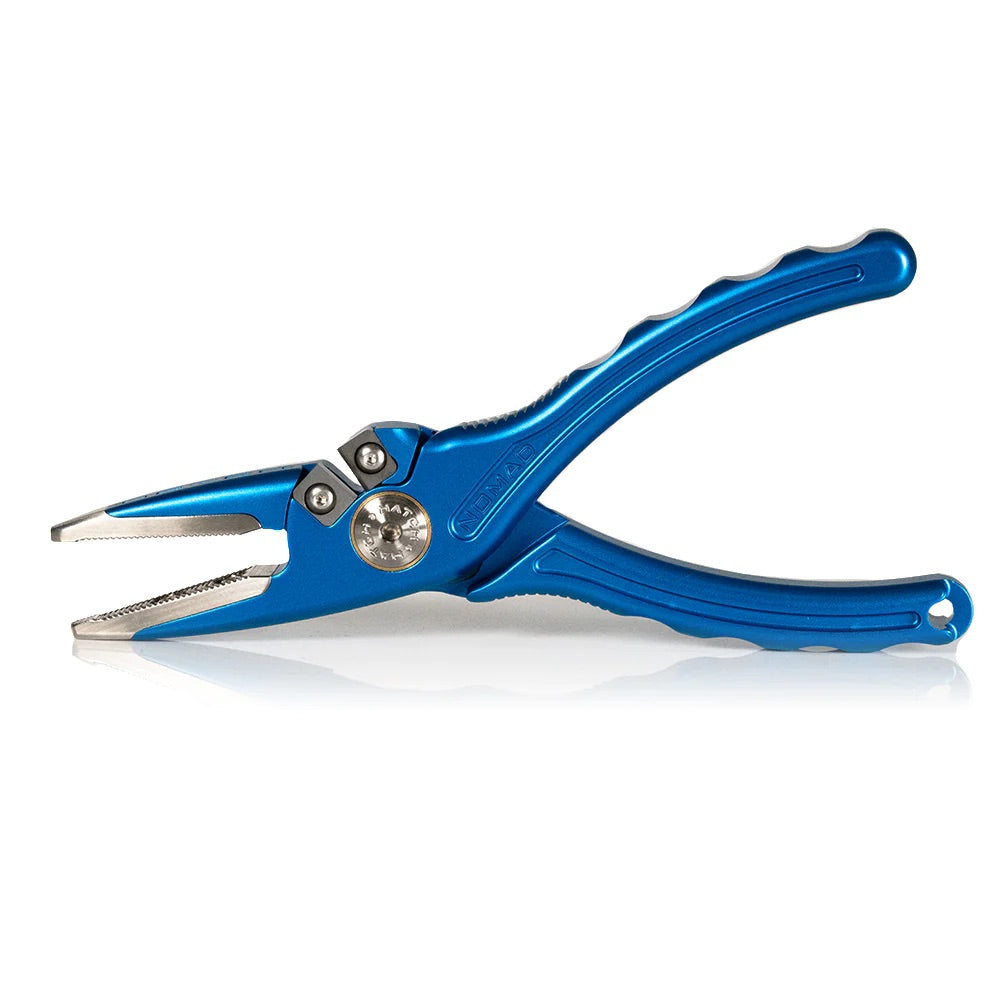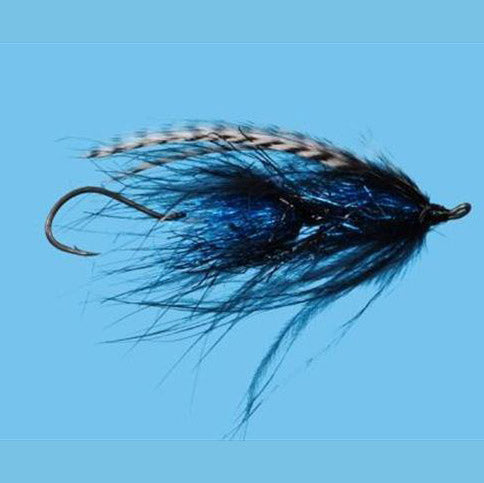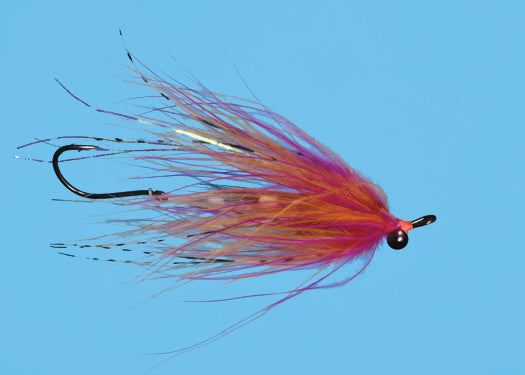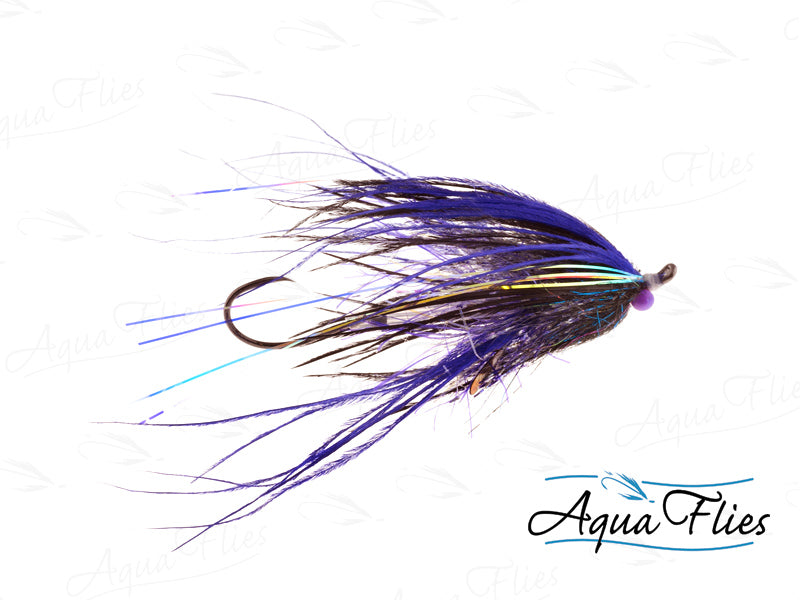Recently, we shared a list of our favorite steelhead swing patterns—from California to Kamchatka, Russia. Here, we would like to add some context based on the lessons we’ve learned along the way.
When it comes to steelhead flies, we focus on four key factors: size, weight, color, and movement. In an effort to control something inherently uncontrollable, we’ve tried to outline the thought process behind choosing flies for these unpredictable fish. These are just personal observations—collected from our own time on the water and from fishing alongside some of the best steelheaders around the Pacific Rim.
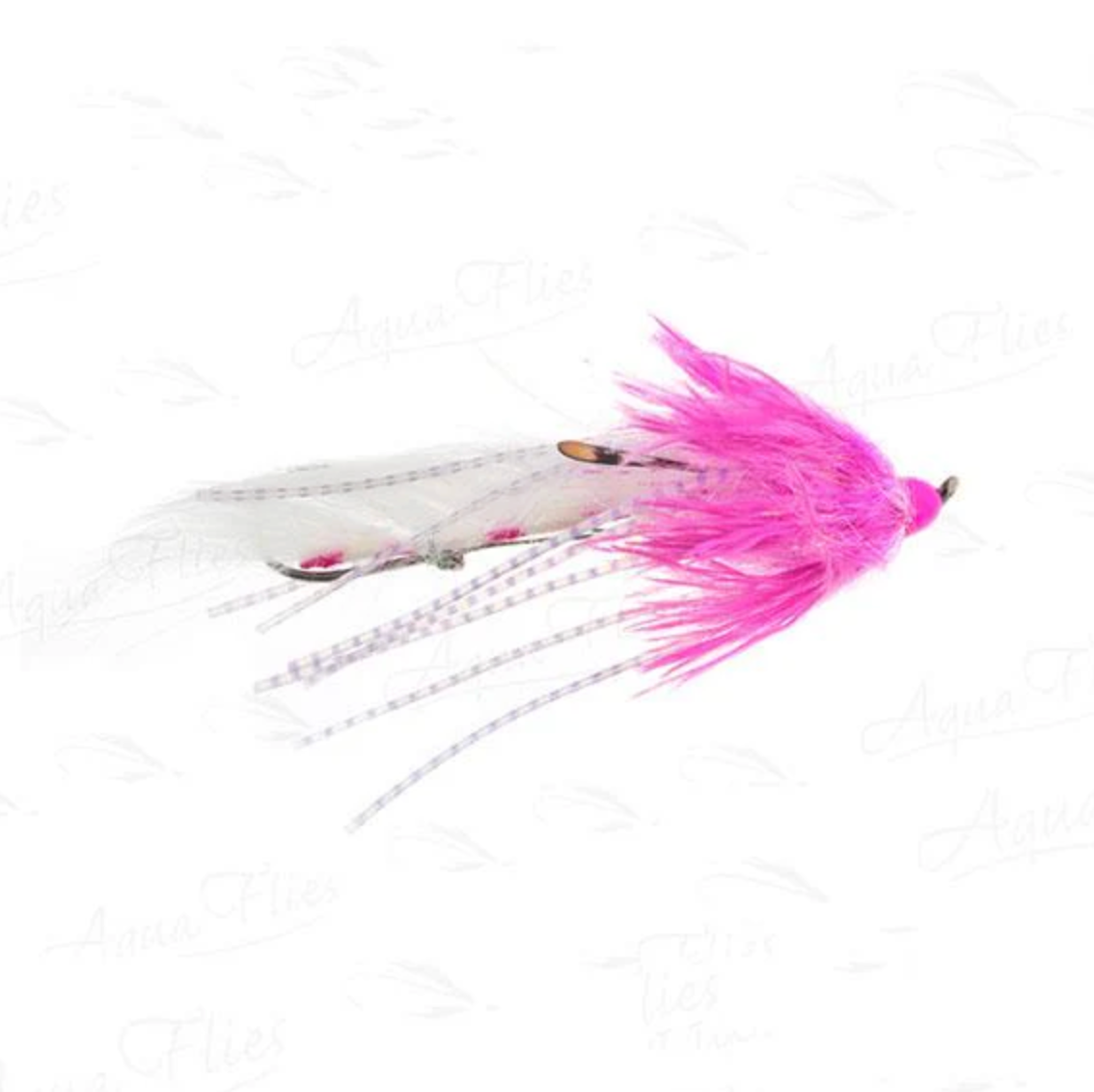
The Criteria
Before you tie one on, it helps to understand what makes a great steelhead fly. Conditions change constantly—water levels, clarity, temperature, light—and the best anglers adapt their patterns to match. When I’m choosing a fly, I think through four main factors: size, color, weight, and movement. Each one affects how your fly looks and behaves in the water—and how likely it is to tempt a grab.
Size
We choose fly size based on water clarity: smaller in clear water, larger when it’s off-color.
Color
Color choice also depends on clarity and light conditions. I usually start with a dark fly and see how it shows in the water. If it looks good, we’ll fish it; if not, we’ll switch to something pink.
There’s an old saying: “Bright skies, bright flies; dark skies, dark flies.” Beyond that, we’ve found that fresh, bright fish often respond well to pink or orange colors that mimic the krill and shrimp they feed on in the ocean.
Weight
In shallow or slow-moving water, use lighter flies. In deeper or faster water, go with a heavier fly. Adjust based on your sink tip: a light fly on a heavy tip helps you stay off the bottom, while a heavy fly with a light tip and long leader can help you get target where you want the fly to sink.
We often start a run with a heavier fly, then switch to a lighter one as we work down through the water.
Movement
Movement is something we pay close attention to. In fast water, we prefer flies with stiffer collars; in slower water, softer materials like marabou give the fly a lifelike pulse and flow.

Fly Fishing For Steelhead on the Swing
Catching fish on the swing is hard enough, but having proven flies certainly can help you keep confidence in your swing. These proven flies are what you will find in LCO's owner and steelhead junkie, George Revel's fly box. In California, Kamchatka, Alaska, BC, and Washington and Oregon, these flies have been proven to work.



